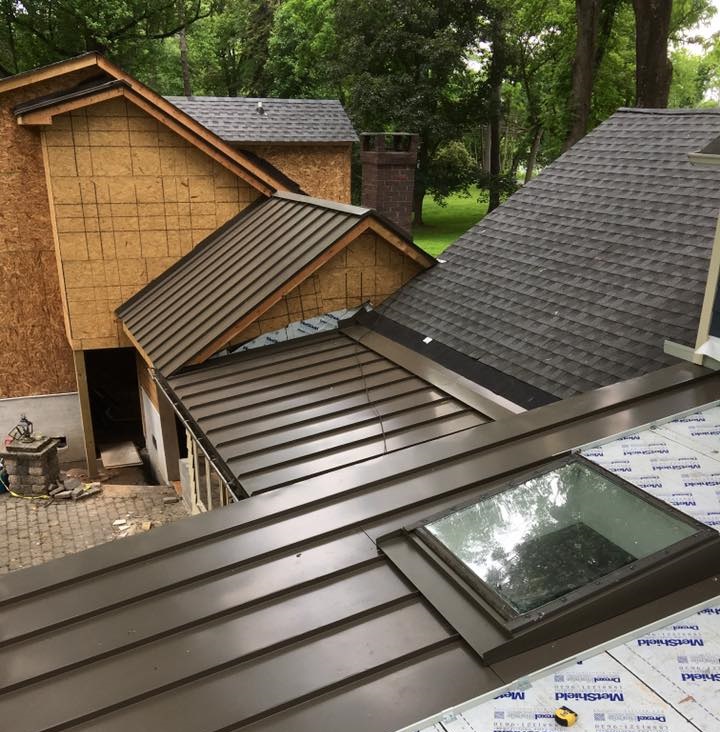Let’s Add To The Value of Your Home!
Last week we talked to you about the longevity of your home. Passing it down to future generations of family. This time we wanted to talk about increasing the value of your home, should you want to put it on the market at some point.
If you do a search on the internet, you’ll get a lot of idea and tips on increasing your resale value. It’s the usual things I’m sure you’ve heard over the years. Update the kitchen and bathroom, get rid of the popcorn ceilings, and paint, paint, paint. You’ll see advice about landscaping, curb appeal, and arguments about granite over soapstone countertops.
In the middle of all that, you’ll notice the experts talking about mechanical and energy-saving upgrades.
“Energy-efficient” was second only to “safe community” on the list of attributes that would most influence a purchase decision, according to a 2015 survey by the National Association of Home Builders.
Yes, I know you’ve heard it from us before but that’s only because it’s true. A metal roof will save you on the heating and cooling bills of your home. Now if you can accomplish two items on your home improvement list with on product, wouldn’t you want to take advantage?
Some of the experts you’ll read will suggest getting a new asphalt roof and it could net you a 1-3% value increase.
However, we would tell you if you’re replacing your roof, a metal roof would add a lot more value and tic off more than one improvement boxes from your list.
A metal roof would make your home more energy-efficient, add to your home’s curb appeal, a check off the expert’s advice of replacing your worn roof.
In an experiment conducted by The U.S. Department of Energy asked Oak Ridge National Laboratory in 2007, they discovered that the surface temperature of an asphalt shingle roof stayed on average within 5 degrees of a metal roofs temperature over the course of 3 January nights, with a metal roof being a few degrees warmer during the day and few degrees cooler at night than asphalt shingles.
But they also measured the temperature under the roof in the air-space below, and what they found was very interesting.
The sheathing below the asphalt shingles consistently followed the surface temperature — dipping as much as 15 degrees below the outside temperature. However, the temperature in the airspace below the metal roof never fell below outside temperatures. So while the surface temperatures of both metal and shingles stayed neck to neck, the airspace below the metal roof was as much as 20 degrees warmer than the airspace below asphalt shingles.
That can make a big difference to your wallet while you’re living in your home and when you look to sell your home.
Give DYMI Construction a call today, we’re always ready and available for any questions you may have.


